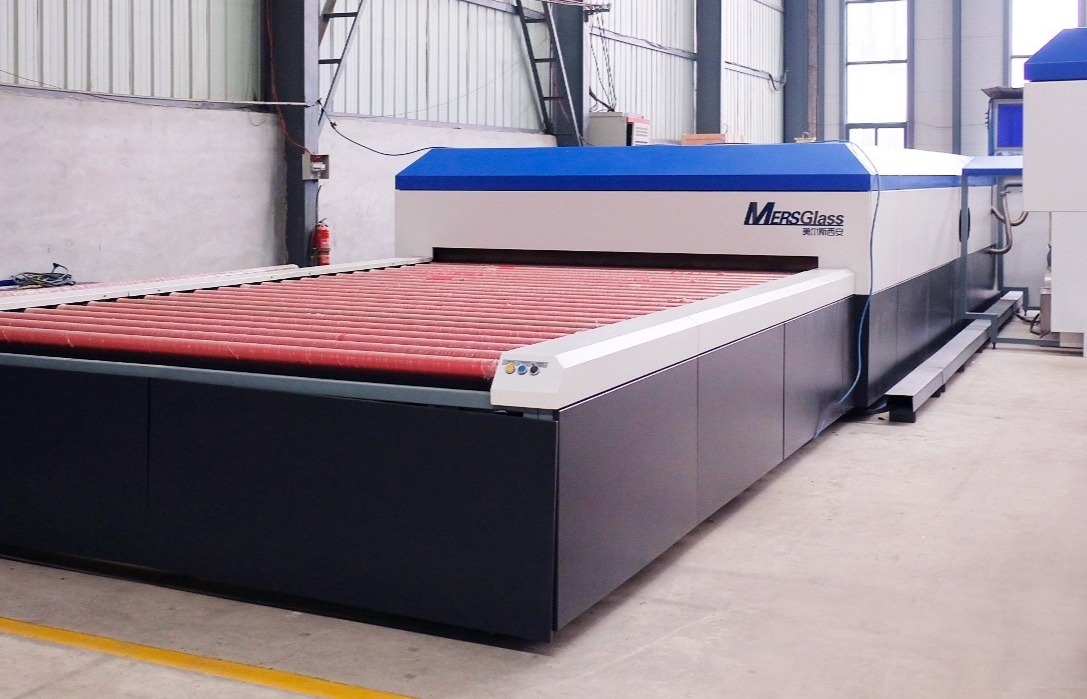
。
# Non-Autoclave Laminated Glass Manufacturing Equipment
## Introduction to Non-Autoclave Laminated Glass
Laminated glass is a critical component in modern architecture and automotive industries, providing safety, security, and sound insulation. Traditional laminated glass production often relies on autoclave processes, but non-autoclave laminated glass manufacturing equipment offers a more efficient and cost-effective alternative.
## How Non-Autoclave Laminated Glass Machines Work
Non-autoclave laminated glass machines utilize advanced technologies to bond glass layers without the need for high-pressure autoclaves. These systems typically employ:
– Vacuum bag systems
– Controlled heating elements
– Pressure rollers
– Advanced adhesive formulations
The process involves carefully controlled temperature and pressure conditions that activate the interlayer material to create a strong, durable bond between glass panes.
## Advantages of Non-Autoclave Laminated Glass Equipment
Modern non-autoclave laminated glass manufacturing equipment provides several benefits over traditional autoclave systems:
### Cost Efficiency
Eliminates the need for expensive autoclave equipment and reduces energy consumption significantly.
### Production Speed
Faster processing times compared to autoclave methods, increasing overall production capacity.
### Flexibility
Allows for production of various glass sizes and thicknesses without autoclave size limitations.
### Quality Control
Precise temperature and pressure control ensures consistent product quality.
## Key Components of Non-Autoclave Laminated Glass Machines
High-quality non-autoclave laminated glass manufacturing equipment typically includes:
– Pre-assembly stations
– De-airing systems
– Heating chambers
– Cooling sections
– Automated control systems
– Quality inspection modules
## Applications of Non-Autoclave Laminated Glass
The glass produced by these machines finds applications in:
– Architectural glazing
– Automotive windshields
– Security glass installations
– Soundproof windows
– UV-protective facades
## Choosing the Right Non-Autoclave Laminated Glass Equipment
When selecting non-autoclave laminated glass manufacturing equipment, consider:
– Production capacity requirements
– Energy efficiency ratings
– Automation levels
– Maintenance requirements
– Manufacturer reputation and support
## Future Trends in Non-Autoclave Laminated Glass Technology
The industry continues to evolve with:
– Improved interlayer materials
– Smart glass integration
– Enhanced automation
– Sustainable manufacturing processes
– AI-powered quality control systems
Non-autoclave laminated glass manufacturing equipment represents a significant advancement in glass production technology, offering manufacturers a more efficient and economical solution without compromising on quality or performance.